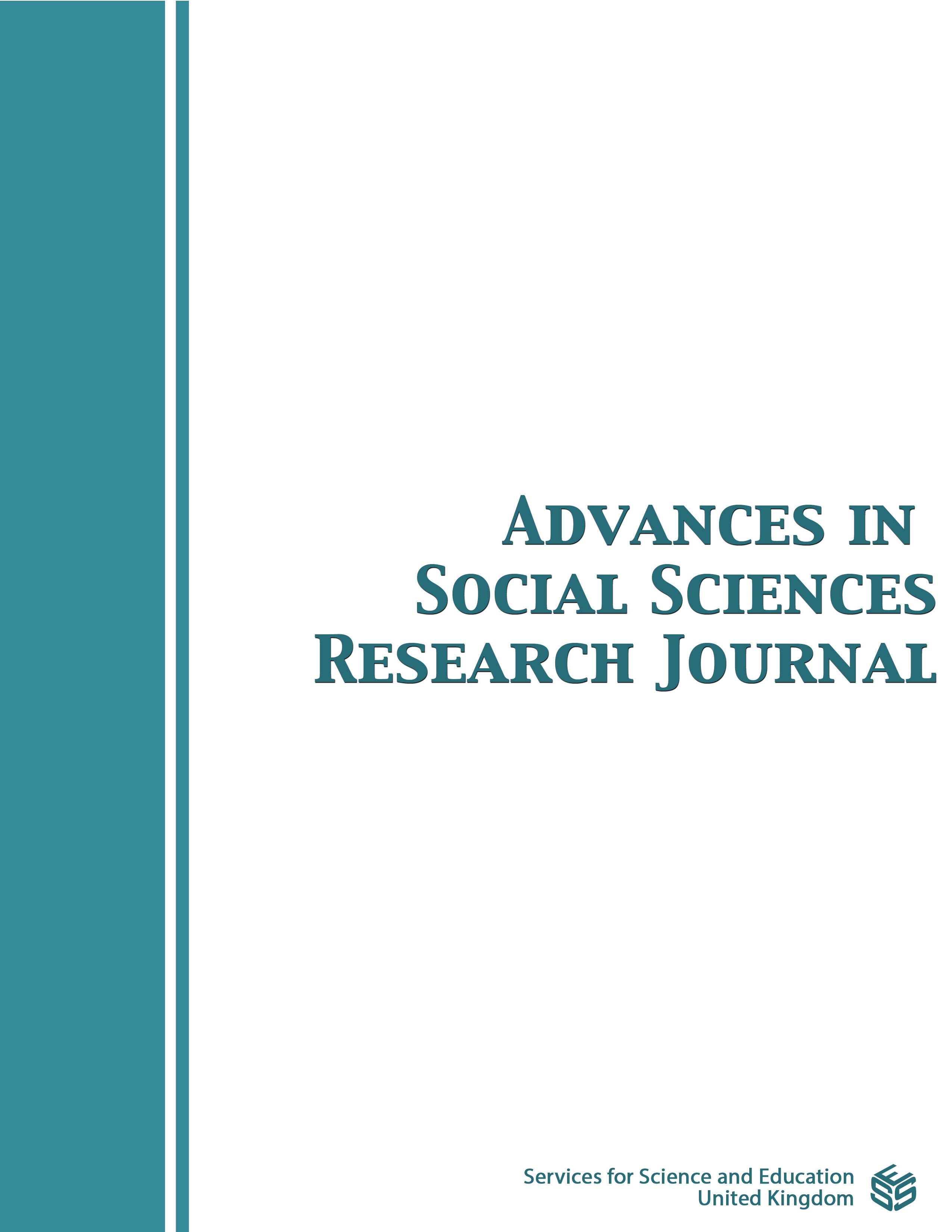Status of Service Delivery System of Bangladesh Railway: An Empirical Study
DOI:
https://doi.org/10.14738/assrj.88.10650Keywords:
Bangladesh Railway, railway services, public sector, rail gauges, passenger servicesAbstract
The Bangladeshi Railway was given the name after the country gained independence in 1971. Even so, it had a history dating more than a century before that. By the turn of the century, it had just about 37 diesel-hydraulic and 231 diesel- electric locomotives. These ran about 100 coaches and 10900 freight wagons. This number has presently increased and it serves in a network of broad-gauges, dual-gauge and meter-gauge in around 440 railway stations. The public sector runs various transport modes like the Biman Bangladesh Airline, taxis, ferries, buses and other means that move freight around and out of Bangladesh. With a capacity to transport more than 60% of freight around Bangladesh, the public sector transport quite overshadows the BR, which suffers a number of challenges that cripple it to date. These challenges range in nature from lack of sufficient funds to operate the railway, to a poor railway network, part of which may be attributed to the Indo-Pakistan War that ground the services to a halt back between the 1960s and 1970s. Moreover, ongoing, coronavirus pandemic is proving to be another challenge that has grounded the normal operations at BR. The research has been conducted by a field survey using a structural and semi-structural questionnaires and face-to-face interview. A set of (---) questionnaires were given to (----) stakeholder at various levels at almost all the junctions in Mymensingh to observe the practical service delivery experiences of the railway sector. Over the survey a plethora of experiences have been gained which is givens as findings in this article and we have given some recommendations which will make this sector stronger.
Downloads
Published
How to Cite
Issue
Section
License
Copyright (c) 2021 Abu Jakaria Nishat, Shanjay Kumar Mukharjee, Avakova Olga Victorovna

This work is licensed under a Creative Commons Attribution 4.0 International License.
Authors wishing to include figures, tables, or text passages that have already been published elsewhere are required to obtain permission from the copyright owner(s) for both the print and online format and to include evidence that such permission has been granted when submitting their papers. Any material received without such evidence will be assumed to originate from the authors.






